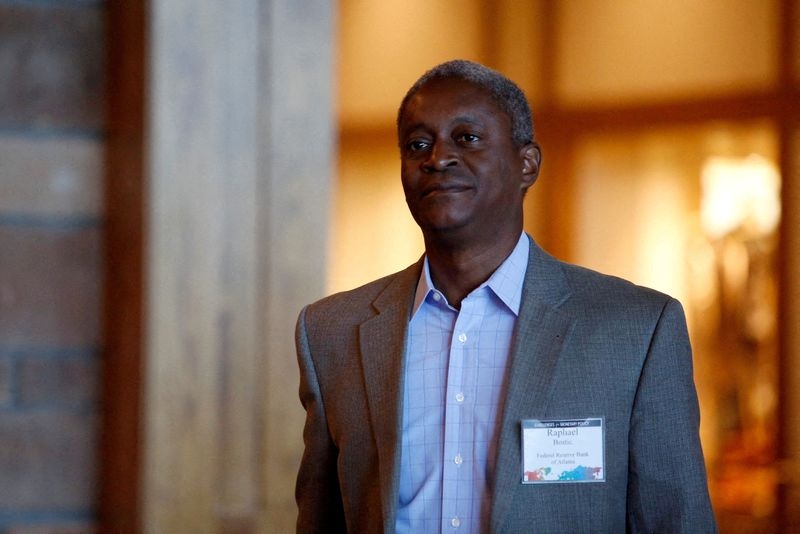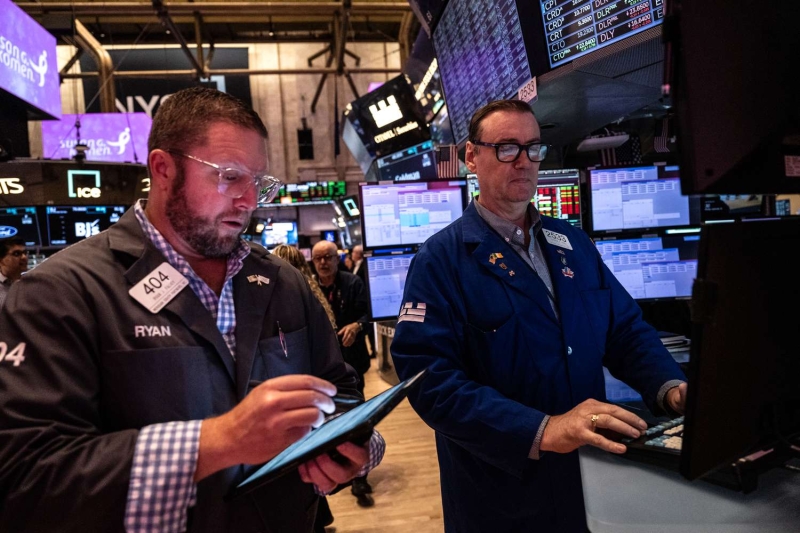
WASHINGTON (Reuters) – Last week's jobs numbers confirm the U.S. labor market remains strong even though it may be slowing, with a 4.1% unemployment rate around what is considered full employment and employers adding jobs faster than what is needed to account for population growth, Atlanta Federal Reserve President Raphael Bostic said on Tuesday.
The rise in the unemployment rate from last year's lows well below 4% "is actually a move to where most folks, before the pandemic, thought full employment was," Bostic said at a meeting with foreign consular officers based in Atlanta.
"The labor market … is certainly slowed down, but is not slow," he said, while monthly job creation "is pretty robust."
U.S. employers added 254,000 payroll jobs in September.
Bostic said a decline to under 100,000 jobs per month would cause him to wonder if the Fed should consider cutting rates faster than planned.
Job growth in September instead beat expectations and prior months' numbers were revised upward, causing traders to increase bets the Fed would cut its benchmark rate by just a quarter point at its Nov. 6-7 meeting.
Meanwhile, the Atlanta Fed chief noted that inflation remained too high, with one key measure currently at 2.6%.
"We have to get it back to that 2% target," Bostic said. "It's too high … That's still quite a ways to go and I want people to understand that I'm still laser-focused on the inflation target."
(Reporting by Howard Schneider in Washington; Editing by Matthew Lewis)



